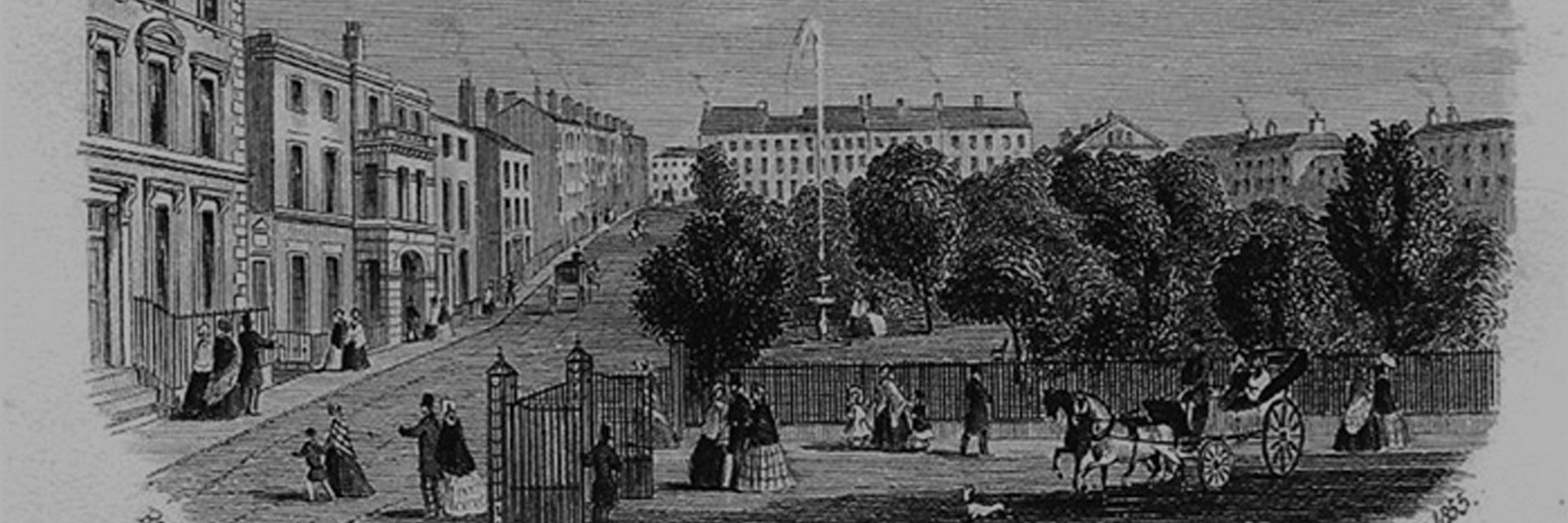
Marian Roberts
1920 - 2007
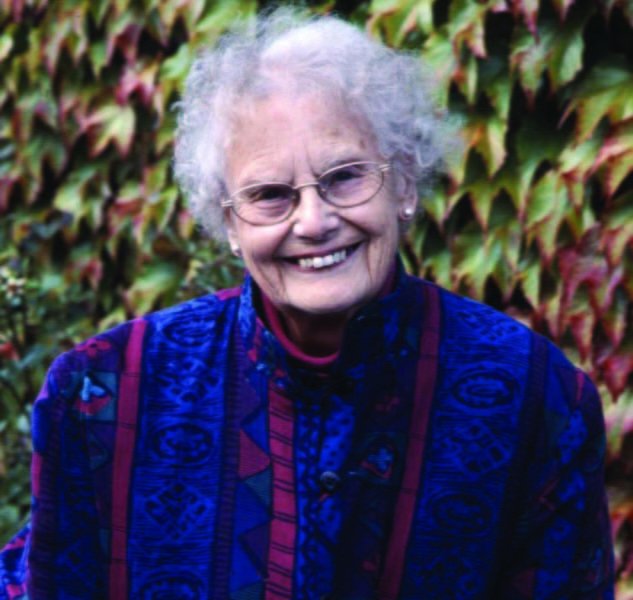
Marian Roberts is one of the most notable Women of Winckley Square. Whilst she never lived or worked on the Square she made a significant contribution to our knowledge of the history of the Square and its past inhabitants. Her book ‘The Story of Winckley Square’, first published in 1988, has inspired many people to learn more about Preston’s rich history. It was the first book that the Friends of Winckley Square researchers read when embarking on this project.

Marian was one of Preston’s leading historians in the late 20th Century and yet until the age of 60 had never given a thought to the subject! She was greatly admired by her contemporaries including Friends of the Harris, Preston Historical Society and the Lancashire Records Office. In the Records Office you will find numerous ‘Marian Roberts boxes’ which relate to Winckley Square. These contain a wealth of primary sources that allow us to enter the lives of early residents who were very influential in shaping the Preston we live in today.
Early life
Marian Weaver was born in the now demolished Bloomfield Street in 1920. New houses have replaced the old terrace and Bloomfield Court is one of the streets on the new estate near Emmanuel Church.
When Marian was five she moved with her family to a flat in Castle Chambers, the home of the Refuge Assurance Company, opposite the Harris, where her mother was the caretaker. Marian lived with her parents at ‘the Refuge’ until 1949. From the window facing the Flag Market Marian remembered watching important events such as royal visits and processions of successive mayors. She may have seen other occasions from this vantage point, such as the return of Preston North End in 1938 when they won the F.A. Cup, the annual Pot and Whitsuntide fairs and possibly the Town Hall fire in 1947.

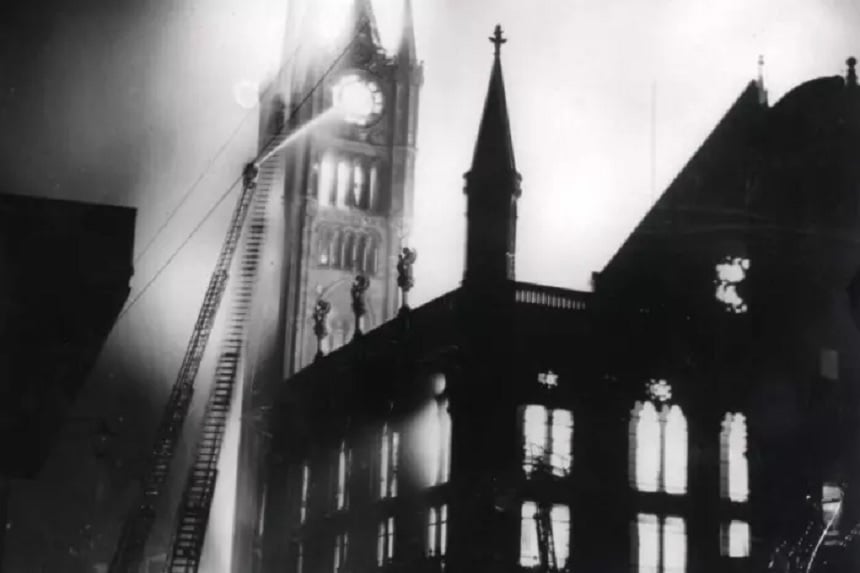
In her early years Marian spent most evenings in the Harris Museum Art Gallery & Library where her great love of the Harris grew. There she was able to walk around all the many exhibits but one of her favourites was the dolls’ house.
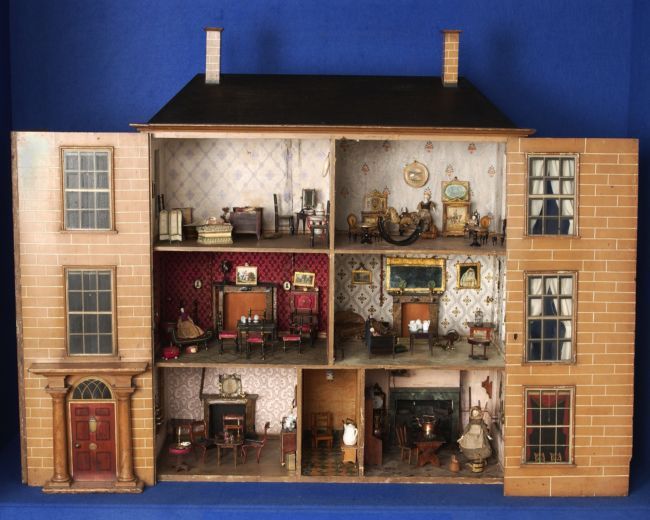
Work and marriage
Marian left school when she was 14 and went to work as a clerical assistant in industry and then for Lancashire County Council. Before she married Marian was in repertory theatre and toured the country with the Manchester Repertory Company. It may well have been these experiences that in later life gave her great confidence and skill in public speaking.
It was while working at County Hall that she met and married Louis Roberts in 1949. They lived in several areas of Preston but eventually moved to Watling Street Road. In 1980 Marian retired from her part-time role as ward secretary in the Royal Infirmary and in the same year Louis died of cancer leaving Marian devastated at this great loss.
Becoming a local historian
To help alleviate her grief Marian joined a class on Palaeography at the Lancashire Records Office. She had never been interested in history before and, initially, it seemed no more than something to fill the time. The consequences were unexpected. During the next twenty years Marian emerged as a leading figure in the local history of Preston. Her main project and passion was the history of Winckley Square. She assiduously researched its origins, development and architectural history, and the stories of the families (lawyers and attorneys, merchants and political figures) who lived there. Her research took her all over England. She became a frequent visitor to the British Library, a familiar face in the Lancashire Record Office and a semi-permanent resident at the Harris Museum, Art Gallery and Library in Preston. It was there she worked on the boxes of archive material and artefacts deposited by past residents of Winckley Square.
Her interest and enthusiasm for local history grew. She joined the Friends of the Harris Museum working as a volunteer and it was there that the keeper of social history, Frank Carpenter, knowing Marian’s interest in Winckley Square and the Addison Family, gave her several bags of Addison papers to read and asked if she would catalogue them. The results of her research that followed are now housed in the Lancashire Records Office. (Marian Roberts Boxes).
In 1988 Marian published The Story of Winckley Square which was acclaimed by local historians as the definitive work on the Square; sadly it is no longer in print but is available in the Harris Library. A revised second edition from Preston Historical Society was published in 2009 with additional material from Alan Crosby & Aidan Turner-Bishop.
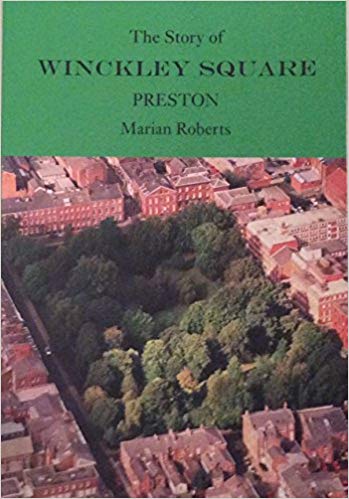
Throughout the years Marian gave many talks to local societies and was always on hand to help with history projects. All royalties from the sale of her book and fees from the talks she gave were donated to St. Catherine’s Hospice. .
In 2001, at the age of 82 Marian and her sister Elsie moved to Wymondham in Norfolk to be close to her niece. Before she left for Norfolk a civic reception was held at the Harris Museum in her honour.
In 2002 the Lancashire Evening Post described Marian as:
‘The uncrowned queen of this Lancashire city’
In 2004 she received the British Association for Local History Award for Personal Achievement. Marian was nominated by Alan Crosby because of her outstanding achievement in promoting and researching local history in Preston, using it to raise money for a cancer hospice, and tirelessly carrying the message that local history is fascinating.
Sadly, on 21st February 2007, Marian died shortly after being diagnosed with cancer. However, her legacy lives on through the many local people who continue to research the history of Winckley Square and its past residents.
This content is based on ‘Marian Roberts, an appreciation’ written by Aidan Turner-Bishop in the 2009 edition of ‘The Story of Winckley Square’.
By Aidan Turner-Bishop